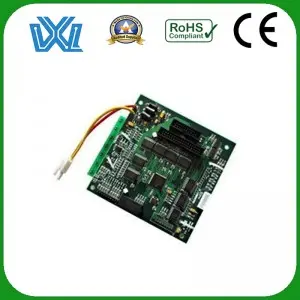Printed circuit boards (PCBs) are an essential part of most electronic devices we use today. It serves as a platform for the interconnection of electronic components, thus forming the basis for the functionality of the device. In the context of an operating system, PCBs play a vital role in managing system resources and scheduling processes.
So, what exactly is a PCB in an operating system? In this blog post, we’ll take a closer look at the concept of a PCB and its importance in an operating system.
At the heart of the PCB in an operating system are the data structures that represent processes in memory. Whenever a user starts an application or program on their device, the operating system creates a process for that program, storing important information about it in the PCB. This information includes the current state of the program, the resources it is using, and its execution priority.
One of the main benefits of using a PCB in an operating system is its efficient management of system resources. The operating system can track what resources each process is using, such as CPU time and memory, and allocate them appropriately. This ensures that the system runs smoothly and prevents any one process from hogging all resources.
Another important function of PCB is process scheduling. Since the PCB contains information about each process’s execution priority, the operating system can use this data to determine which process should be given CPU time next. In a multitasking environment where multiple processes run concurrently, this process scheduling is critical.
The PCB also contains other important information, such as the state of the process, open files, and allocated stack space. This information helps recover from a system crash and ensures that the system resumes operation as quickly as possible.
To sum up, the PCB in the operating system is a key data structure that plays a key role in managing system resources and scheduling processes. While this may seem like a small detail, using a PCB allows the operating system to handle multiple processes efficiently and ensures that the system runs smoothly.
In conclusion, understanding the PCB in an operating system is essential for anyone who wants a deeper understanding of how these systems work. By enabling efficient resource management and process scheduling, the PCB ensures that the operating system runs smoothly and reliably, even in complex multitasking environments. As our devices become more complex and sophisticated, the role of PCBs in operating systems will only increase.
Post time: Jun-14-2023

